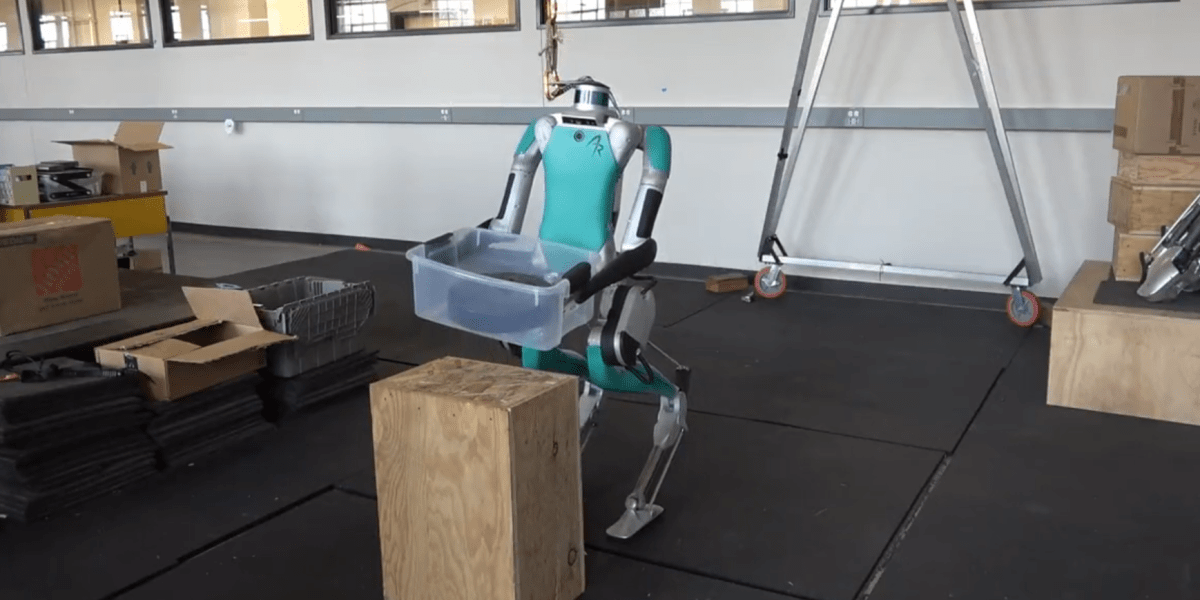Researchers at Cedars-Sinai have uncovered the mechanism by which brain cells responsible for working memory, such as remembering a phone number long enough to dial it, coordinate intentional focus and short-term storage of information.
Their findings were published in the peer-reviewed journal Nature. According to Jonathan Daume, PhD, a postdoctoral scholar at Cedars-Sinai and the study’s first author, a group of neurons influenced by two types of brain waves is responsible for coordinating cognitive control and sensory information storage in working memory. These neurons do not store information themselves but are vital for the storage of short-term memories.
Working memory, which involves storing information for only seconds, is delicate and requires sustained focus to maintain, explained Ueli Rutishauser, PhD, the senior author of the study and director of the Center for Neural Science and Medicine at Cedars-Sinai. Various diseases and conditions can impact working memory.
The study involved recording the brain activity of 36 hospitalized patients with epilepsy using electrodes implanted in their brains. Patients performed a memory task while individual brain cells and brain waves were monitored. The task involved viewing photos and then being asked to recall them after a brief delay.
Researchers observed that patients who performed the task successfully exhibited the firing of two groups of neurons: “category” neurons that responded to the types of photos shown, and “phase-amplitude coupling” (PAC) neurons. PAC neurons, identified for the first time in this study, work in conjunction with category neurons to ensure proper focus and storage of information in working memory.
These PAC neurons synchronize their activity with the brain’s theta and gamma waves, enhancing the patients’ ability to recall stored information. This coordination resembles a conductor leading an orchestra, with the PAC neurons coordinating the activity of other neurons to work in harmony.
The study also revealed that PAC neurons operate in the hippocampus, a brain region known for its role in long-term memory. This study confirms that the hippocampus also plays a part in controlling working memory.
Funded by the National Institutes of Health’s BRAIN Initiative, this multi-institutional study involved collaboration between Cedars-Sinai, the University of Toronto, and Johns Hopkins School of Medicine. The research sheds light on complex brain processes and may offer insights into neurological conditions like Alzheimer’s disease.
Dr. John Ngai, director of the NIH BRAIN Initiative, highlighted the importance of using innovative technologies to study challenging aspects of the human brain. The Rutishauser Lab’s work in understanding how memories are stored in the brain could have implications for treating brain disorders like Alzheimer’s disease.





















